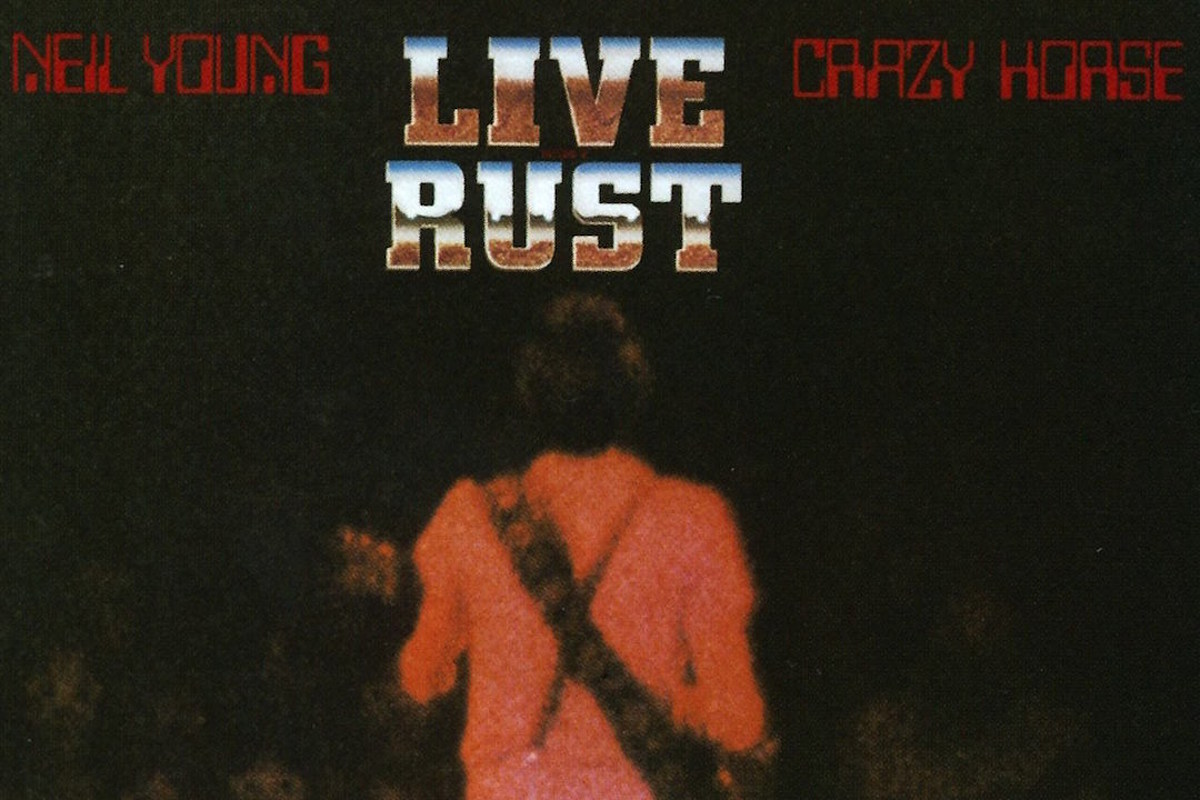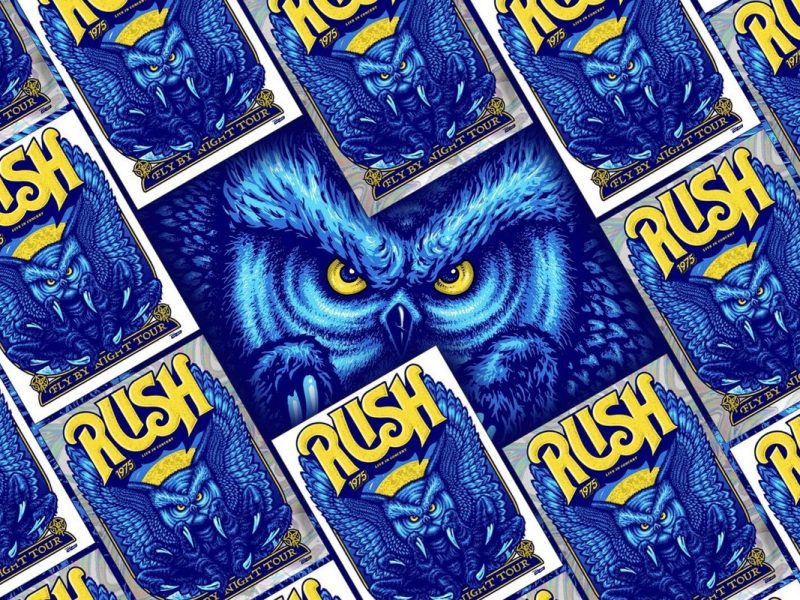By the late ’70s, most of the rockers who had established themselves in the previous decade were trying to assess their places in popular music. Faced with becoming an elder statesmen amid shiny disco and raw punk rock, Neil Young decided it was time for a new beginning.
In 1977 and 1978, Young was collaborating with New Wave band Devo and discussing his plans to do something different as a performer and musician. Devo member Mark Mothersbaugh suggested that Neil adopt Rust-Oleum paint’s slogan, “Rust Never Sleeps.” And so a corporate motto became Young’s mantra for his fall tour, which would pair him with frequent partners-in-crime Crazy Horse.
The Rust Never Sleeps trek would contain the most orchestrated performances in Young’s career. The concerts were a theatrical exercise, featuring oversized props, staged occurrences and roadies dressed as the Jawas from Star Wars.
The music was just as carefully considered, with set lists spotlighting a host of material audiences had never heard before, including “Powderfinger” and “Sedan Delivery” along with the duo of “My My, Hey Hey (Out of the Blue)” and “Hey Hey, My My (Into the Black).” Young performed both the acoustic and electric versions of the song, as each concert was split into solo acoustic sets and raucous full-band portions with Crazy Horse.
The shows’ slick production values seemed at odds with Young’s and Crazy Horse’s furious exercises in chunky distortion, which have been characterized as a reaction to punk. Certainly “Hey Hey, My My” was a rumination on punk (and rock stardom in general), as Young brought Johnny Rotten and the recently deceased Elvis Presley under the same umbrella. Fans and critics raved about the shows while Young, who had recorded and filmed the performances, decided what to do next.
Listen to Neil Young Perform ‘Sugar Mountain’
In 1979, Young released material from the Rust Never Sleeps tour in three different ways. First, he took the 1978 recordings of the new songs and added overdubs (as well as a couple of already existing tracks) for a July release that would share its title with the tour. As with the concerts, the LP was split between acoustic and electric songs, bookended by “My My, Hey Hey” and its counterpart. The Rust Never Sleeps album has since established itself as one of Young’s defining records.
In addition, Young wanted to put out a film documenting the tour’s stop at San Francisco’s Cow Palace, directed by him (although credited to a “Bernard Shakey”). Capitalizing on the commercial and critical success of the album version of Rust Never Sleeps, Young’s label Reprise requested a soundtrack.
Neil liked the idea of a record that mixed the new songs with live versions of his older material. Although Young wanted to also name this two-LP set Rust Never Sleeps, Reprise – fearing massive confusion among the public – got him to change the title to Live Rust. The double-album came out on Nov. 14, 1979.
Although justifiably overshadowed by its predecessor, Live Rust also was received positively as a compelling distillation of Young’s talents as a performer. The album hit the charts in Canada, the U.K. and the U.S. (where it’s been certified platinum). With songs spanning from the end of Buffalo Springfield (“I Am a Child”), through some of his best-known solo work (“Cinnamon Girl,” “The Needle and the Damage Done”) and into his new material, Live Rust is as good a starting place for Neil Young neophytes as 1977’s hits collection Decade.
20 Greatest Comeback Albums
Becoming a successful artist is difficult. Remaining on top forever is downright impossible.
Gallery Credit: UCR Staff
The Best Crosby Stills Nash and Young Fight Stories



